Starlink Internet: High-Speed Satellite Connectivity Anywhere
In today’s digital world, access to high-speed internet is a necessity. However, millions of people in remote and underserved areas still face connectivity challenges. Starlink internet, developed by SpaceX, is transforming this landscape by providing reliable, high-speed, and low-latency internet access across the globe. Through a constellation of low Earth orbit (LEO) satellites, Starlink internet is bridging the digital divide and empowering communities with unprecedented online access.
What Is Starlink Internet?
Starlink internet is a satellite-based broadband service provided by SpaceX. Unlike traditional internet services, which rely on terrestrial infrastructure such as fiber-optic cables or DSL lines, Starlink internet leverages a network of thousands of satellites orbiting the Earth at low altitudes. This allows the service to deliver high-speed internet to even the most remote and rural regions where conventional internet services are unavailable.
Each Starlink internet satellite is equipped with advanced phased-array antennas and krypton-powered ion thrusters to maintain precise positioning. The constellation works together with ground stations and user terminals, commonly known as Starlink dishes, to ensure reliable connectivity and high-speed data transmission.
How Starlink Internet Works
The technology behind Starlink internet combines satellite and ground-based communication systems. The user terminal communicates with the nearest Starlink internet satellite, which then relays data through inter-satellite links to ground stations connected to the traditional internet.
Key features of Starlink internet include:
- High-Speed Connectivity: Download speeds range from 100 Mbps to 250 Mbps, while upload speeds typically fall between 20 Mbps and 50 Mbps.
- Low Latency: Operating at altitudes of 340 km to 1,200 km, Starlink internet offers latency as low as 20–40 milliseconds, making it suitable for gaming, video calls, and real-time applications.
- Global Coverage: With thousands of satellites planned for deployment, Starlink internet aims to provide seamless coverage worldwide.
- Rapid Deployment: Unlike fiber-optic networks, Starlink internet can provide connectivity quickly, especially in regions where terrestrial infrastructure is lacking.
Benefits of Starlink Internet
1. Bridging the Digital Divide
One of the most significant advantages of Starlink internet is its ability to connect underserved regions. Rural and remote communities often face challenges with traditional internet infrastructure due to high costs and geographical obstacles. Starlink internet bypasses these limitations, providing students, businesses, and healthcare facilities with reliable online access.
2. Supporting Education and E-Learning
Access to high-speed internet is essential for modern education. Starlink internet enables students in remote areas to participate in online classes, access educational resources, and engage in e-learning platforms. This connectivity helps create equal opportunities for learning, regardless of geographic location.
3. Enhancing Telemedicine
Healthcare services in remote regions can be significantly improved through Starlink internet. Telemedicine relies on stable and fast internet for virtual consultations, patient monitoring, and sharing medical records. With Starlink internet, patients in isolated areas can receive quality healthcare without traveling long distances.
4. Disaster Relief and Emergency Connectivity
During natural disasters, terrestrial communication networks may be disrupted. Starlink internet offers a reliable alternative, enabling emergency response teams to coordinate relief efforts, communicate with affected communities, and provide critical updates even in areas with damaged infrastructure.
5. Supporting Business and Industry
Businesses operating in remote areas, such as mining, agriculture, and maritime operations, can leverage Starlink internet for real-time data monitoring, cloud computing, and communication between field sites and corporate headquarters. High-speed internet enhances operational efficiency, decision-making, and productivity.
Global Deployment of Starlink Internet
SpaceX has launched thousands of Starlink internet satellites, creating a global network that currently covers North America, Europe, parts of Asia, South America, and Oceania. As more satellites are deployed, Starlink internet aims to provide uninterrupted connectivity worldwide.
Many governments and private sectors are exploring partnerships with SpaceX to implement Starlink internet services in areas with limited infrastructure. These initiatives help bridge the digital divide, foster economic development, and promote digital literacy.
Challenges and Considerations
Despite its advantages, Starlink internet faces several challenges:
- Cost: Initial equipment and subscription fees can be high, which may limit accessibility for low-income households or small businesses.
- Weather Conditions: Severe weather, including heavy rain or snow, can temporarily reduce internet performance.
- Space Debris: The growing number of Starlink internet satellites in low Earth orbit raises concerns about congestion and potential collisions.
- Regulatory Compliance: International and national regulations must be navigated to operate Starlink internet legally and efficiently.
Ongoing advancements in technology and regulatory collaboration are helping to address these challenges and improve the accessibility and reliability of Starlink internet.
Future Prospects of Starlink Internet
The future of Starlink internet is promising. SpaceX plans to deploy next-generation satellites with higher throughput, better coverage, and lower latency. The system may also extend connectivity to airplanes, ships, and other mobile platforms, expanding its reach to travelers, remote industries, and global shipping networks.
Beyond internet access, Starlink internet can support scientific research, environmental monitoring, and space exploration initiatives. Its global coverage and high-speed connectivity provide a foundation for innovative applications in multiple sectors.
Conclusion
Starlink internet is transforming the way the world connects online. By leveraging a constellation of low Earth orbit satellites, advanced ground infrastructure, and innovative networking technologies, it brings high-speed, reliable, and low-latency internet to regions previously underserved. From education and telemedicine to disaster response and business operations, Starlink internet is reshaping global connectivity.

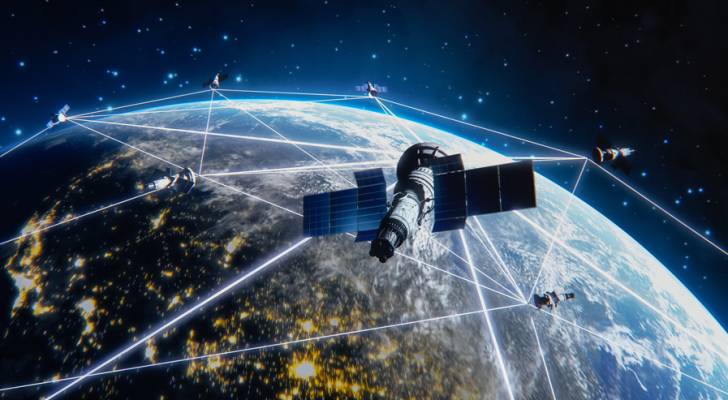
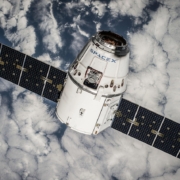
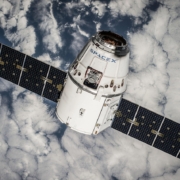
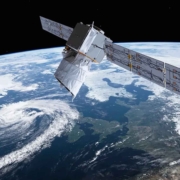
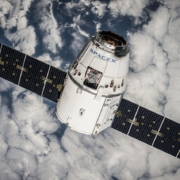


Leave a Reply
Want to join the discussion?Feel free to contribute!